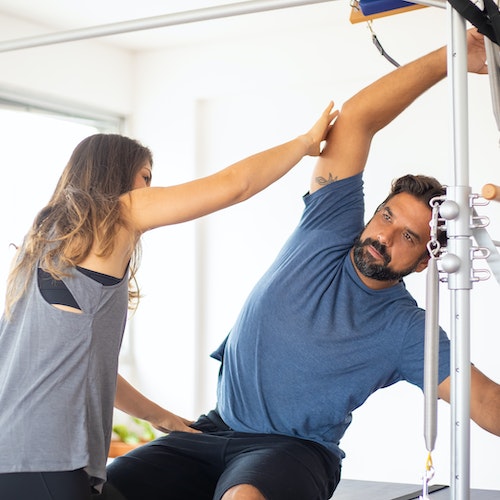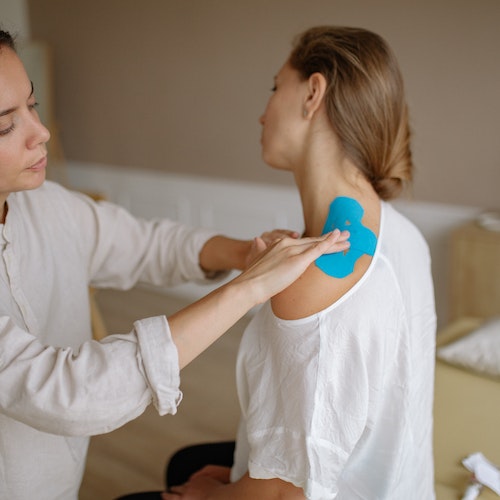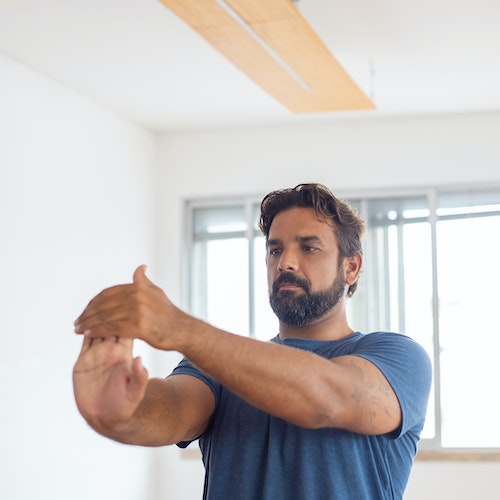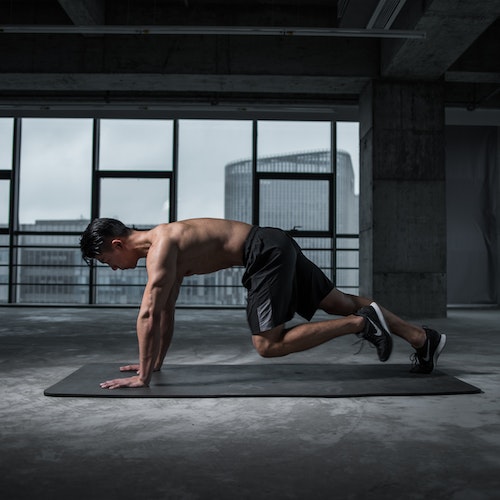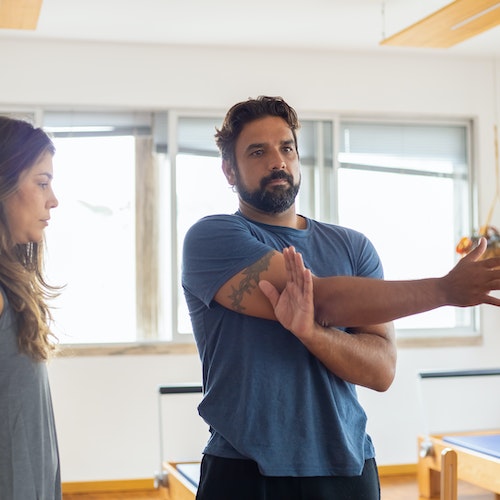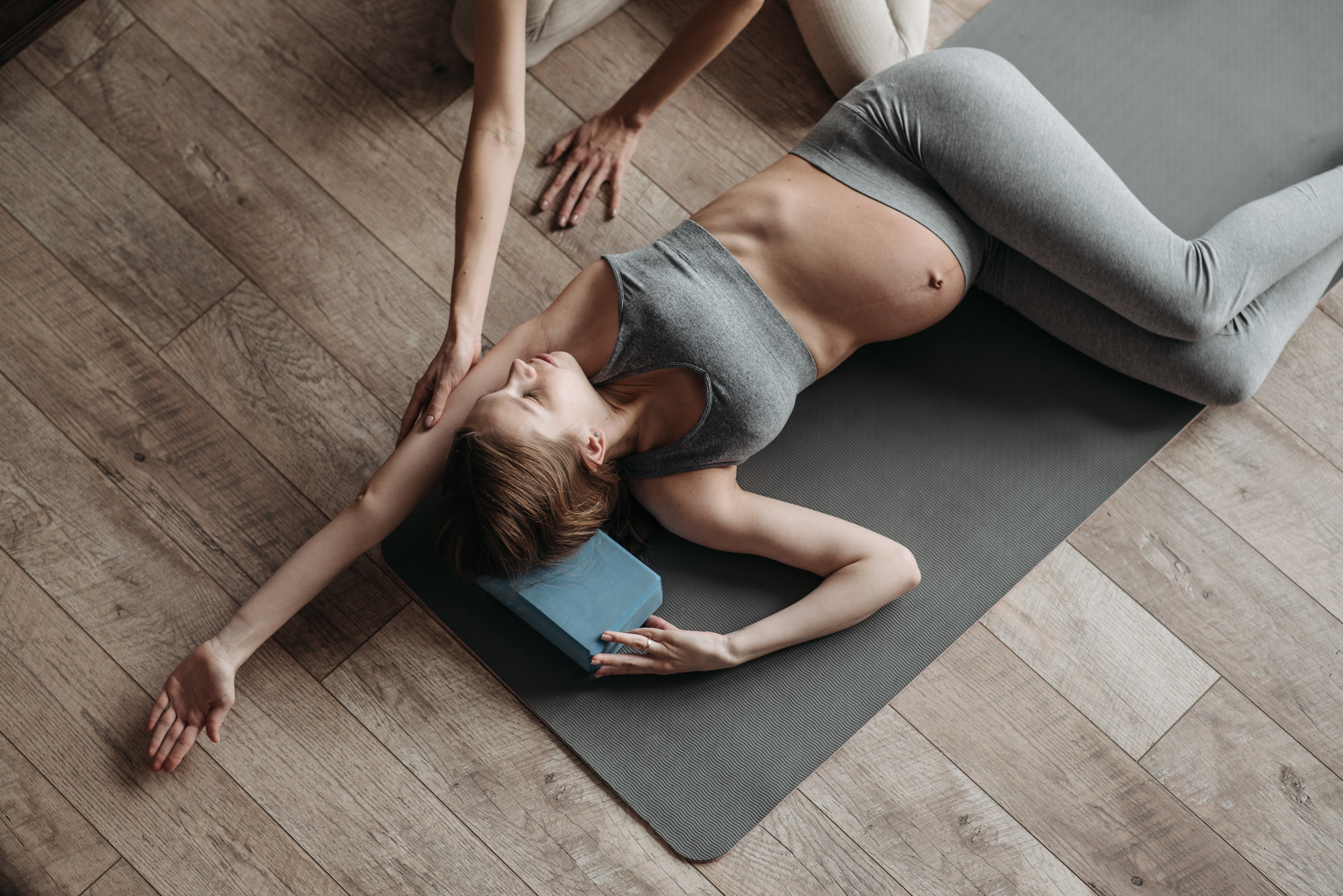Manual therapy is a type of physical therapy that uses hands-on techniques to diagnose and treat a variety of musculoskeletal conditions. It involves skilled manipulation, mobilization, and manual stretching of the muscles, joints, and soft tissues to restore mobility, reduce pain, and improve overall function.
Manual therapy techniques may include massage, joint mobilization, myofascial release, trigger point therapy, and stretching exercises.

